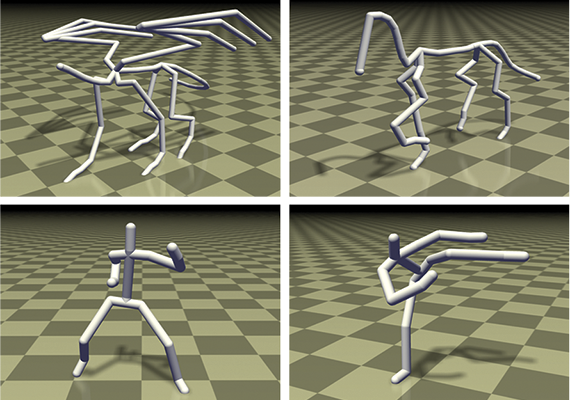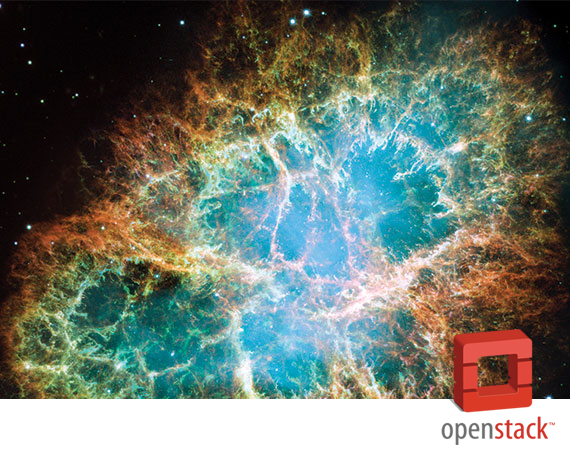fronts to deliver groundbreaking technologies that underpin a large share of open-source development. Building on a 40-year heritage in technology innovation, Intel acts as a catalyst in developing the kinds of technologies that benefit everyone, such as USB, Bluetooth*, and InfiniBand*.
To ensure that devices work well together and communicate across multiple platforms, Intel helps foster industry standards through contributions
to a number of standards bodies and consortia, including the Linux Standards Base, W3C, IEEE, GENIVI, the Open Data Center Alliance, and the Open Virtualization Alliance.
Saving Energy in Code and Hardware Intel works with the community to help achieve maximum power-efficiency through its contributions to PowerTOP*. The latest release includes enhanced diagnostic capabilities and improved reporting features.
To make it as easy as possible for programmers to access next-generation processor technologies, Intel offers a powerful slate of software development tools to enhance the development, debugging, tuning, and deployment of open-source-based solutions. Support includes creation and contributions to open-source tools, such as Intel® Threading Building Blocks, GCC and Eclipse*; Intel® Software Development Products specifically targeted for Linux; and a wealth of reference designs and technical resources to help accelerate product development.
And, with Intel’s help, students far and wide are developing code and making discoveries in key areas of computing—including visual, embedded, cloud, security, pervasive, and more—helping define
the future. Research is conducted using an open- source model to facilitate collaboration, and results are shared with the educational community and technology industry.



